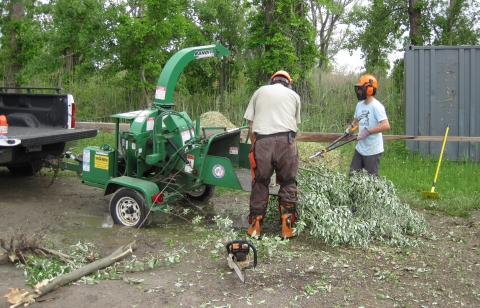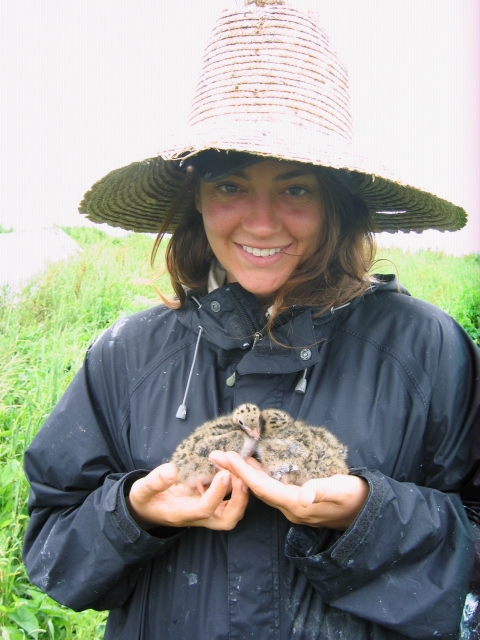What We Do
Habitat Protection
One of the greatest threats to biodiversity is habitat loss. In one of the most densely populated states in the country, the refuge staff at Stewart B. McKinney works hard to protect a variety of habitat types in order to conserve foraging, breeding, and resting places for different wildlife species. Each year, we control human disturbance on the refuge by closing sensitive areas to the public, educating visitors about the USFWS mission, and staffing our units with qualified personnel to engage the public and encourage wildlife-dependent recreational activities on refuge lands.
Invasive Species Control
The introduction of non-native flora and fauna has caused extinctions all over the globe. Invasive plant species can disrupt ecosystems by forming monocultures, taking over habitat of rare species, changing fire regimes, and by providing inadequate forage or cover for wildlife species. The refuge staff is busy preparing invasive plant management plans for all units of the refuge. These plans outline current target species for control and/or eradication. Invasive plants are typically controlled using manual, mechanical, and chemical methods. Species that we are concerned about include Japanese knotweed, garlic mustard, mile-a-minute vine, perennial pepperweed, and Japanese stilt grass.
At-risk Species Monitoring
Falkner Island is the largest common tern colony and only roseate tern colony in Connecticut. Terns nest in large groups for protection from both aerial and ground predators. These seabirds lay their eggs on the ground on sand, gravel, or grass. When predators are seen, the whole colony of birds – more than 4000 on Falkner – will fly up and dive at and defecate on the predator. Roseates are federally endangered; there are les than 100 of them left in Connecticut. They nest with the more abundant common tern to protect their eggs/chicks from being eaten by gulls, crows, and herons. Each year staff, interns and volunteers monitor this important bird colony, as well as other animal and plant populations all across the refuge.
Our Projects and Research
1) Tern Monitoring Project - participate in a range-wide research project focused on the endangered roseate tern that encourages the collection of productivity, provisioning, and tern movement data.
2) Salt Marsh Integrity Study - a region-wide program to asses the health of our salt marshes
3) Shorebird Monitoring - annual surveys of nesting shorebirds on the refuge - species include piping plover, American oystercatcher, and least tern
4) Invasive Plant Mapping - we are currently mapping all of our Units for priority invasive plant species so we have a better idea of the density, location, and management options for these populations
5) Long-term Bee Monitoring - in partnership with the Connecticut Agricultural Experiment Station, we are sampling the bees at the Salt Meadow Unit to contribute to baseline data on these populations for the state
6) Stratford-Great Meadows Restoration – in partnership with NOAA, CTDEEP, Audubon Connecticut and several others – this project will restore hundreds of acres of salt marsh salt marsh
Salt marshes are found in tidal areas near the coast, where freshwater mixes with saltwater.
Learn more about salt marsh habitat so that at-risk species like salt marsh sparrows can survive and nuisance species like mosquitoes are reduced
7) Kirtland Landing Improvement Project – in partnership with the Town of Westbrook, USDOT, CTDOT and others – this project will provide major improvements so visitors can more easily access the Menunketesuck River and the water portion of the refuge’s Salt Meadow Unit for non-motorized watercraft and small boats.




